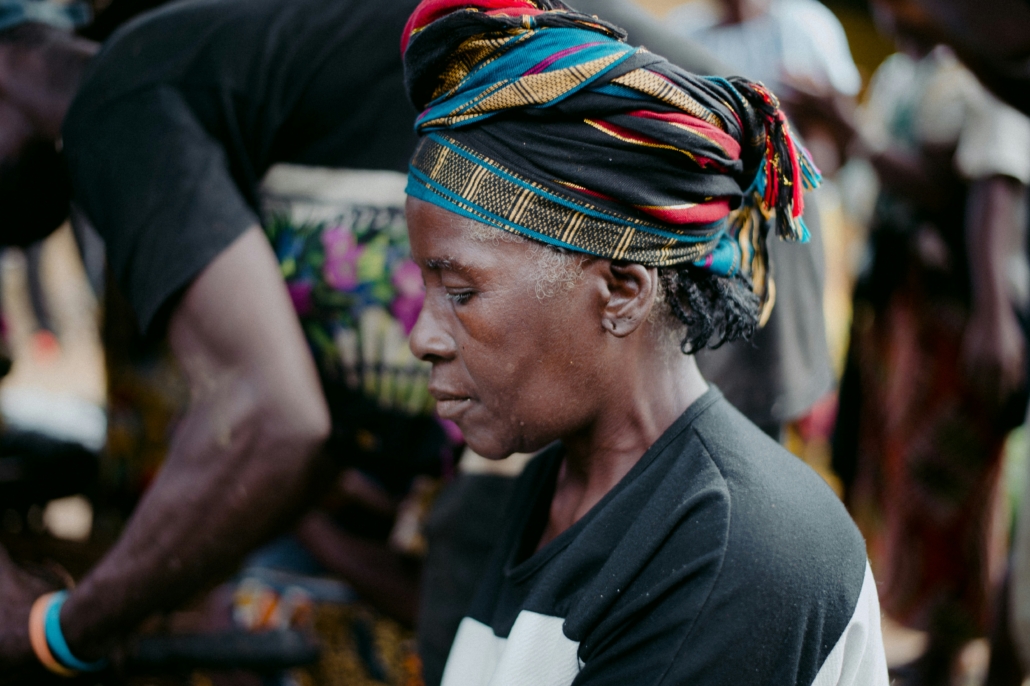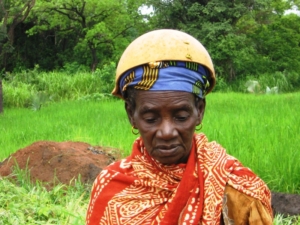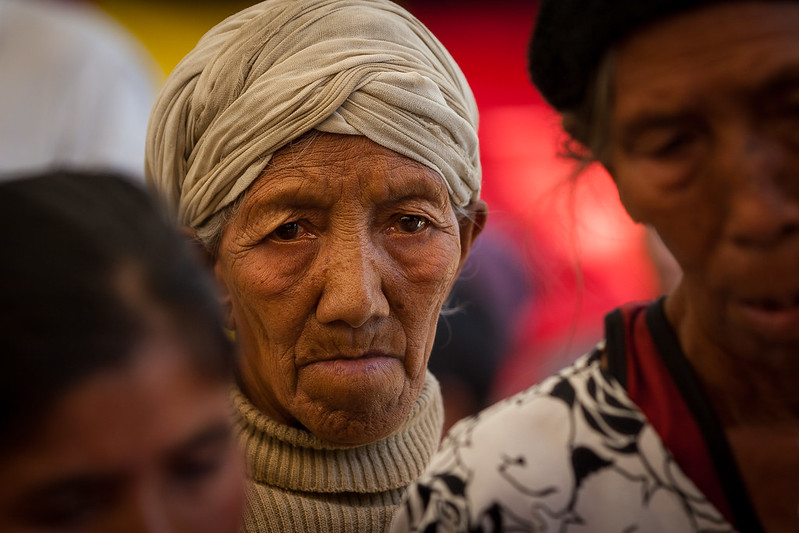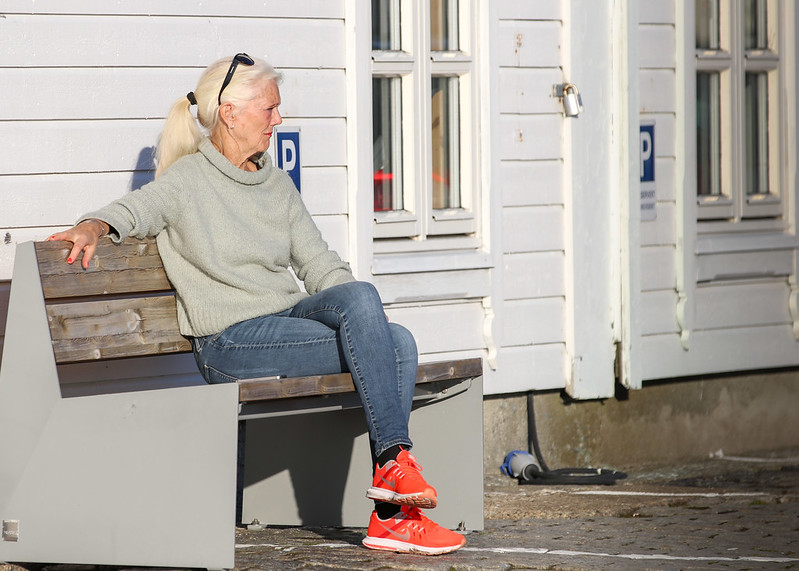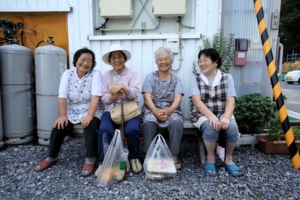

At the core of the Samoan way of life and tradition is “Fa’a” culture. This encompassed shared values and social systems, placing strong importance on family, familial obligations, respect and service, where younger generations are expected to care for elders. Older adults in Samoa and across the Pacific Islands, have historically relied upon this tight, family, elder-based structure to aid their later lives.
What makes elderly social and economic vulnerability unique in less developed nations is the limited availability of social provisions, which increases dependency on informal networks such as family and friends. Additionally, most available work is agricultural and labor-intensive, excluding older people from being self-sufficient, unlike in regions such as Singapore, where elderly poverty has different causes and contexts.
Socioeconomic Challenges and the Impact of Migration
Samoa is one of the most stable and relatively healthy economies in the Pacific region, with the average family earning a lower-middle income. However, the social impact of migration, which disrupts traditional sociocultural structures, leaves certain groups extremely vulnerable. According to a 2022 report from the Samoa Bureau of Statistics, emigration rates are particularly high among those aged 15 to 24.
Combined with Samoa’s atypical family compositions and relatively high dependency ratios, this creates a socioeconomic burden on those “left behind.” The effects of migration have also coincided with other considerable factors contributing to elderly poverty in Samoa. This includes an increased frequency of natural disasters in the region, particularly detrimental to such a farming-dependent nation and a slow post-pandemic economic recovery.
In October 2024, the World Bank reported an increase in Samoa’s poverty rate from 18.8% to 21.9% in 2018, showing how severely the nation was affected by the COVID-19 pandemic. Economic recovery only began in 2023 with the easing of border restrictions and the return of tourism. Yet the limited research and attention given to such remote regions, like the Pacific Islands, make the situation, presumably worse since 2018, tougher to navigate and aid.
Community Resilience and NGO Efforts
Elderly poverty and vulnerability in Samoa and across remote Pacific Island regions are multidimensional issues, impacting social, economic, cultural and even psychological aspects of life. Addressing elderly poverty in Samoa requires coordinated and sustained action. Strengthened social safety measures like pensions, community-based elder care and inclusive migration policies would be invaluable. Meanwhile, NGOs and charities in the region provide hands-on, proactive support to those most affected.
ADRA Samoa is the national branch of the International Adventist Development and Relief Agency, founded in 1956, headquartered in Apia, whose humanitarian mission is to serve people “with no preference for race, gender or religion.” The organization aims to support vulnerable communities, especially elderly groups, through many practical measures. These include disaster readiness, housing, hygiene and sanitation in response to migration-inclusive community empowerment.
An example of its inclusive community empowerment work is completing a significant round of shelter projects across Samoa, coinciding with opening a new climate-resilient evacuation shelter in Savai’i. Through this initiative, the NGO built 26 new shelters and 26 hygiene facilities with accessibility features. These spaces also serve as meeting places for village and community programs. The organization’s efforts focus on vulnerable groups, such as older people, helping to rejuvenate community life and service, which are core values in Samoan culture.
Over the several decades of its work in Samoa, ADRA Samoa has improved the living conditions of more than 1,000 vulnerable Samoans, built more than 200 homes and hygiene facilities and assisted hundreds of families.
Final Remarks
Despite the challenges brought on by migration, economic shifts and other external factors, which highlight the complexities of global poverty, Samoa’s communities have shown remarkable resilience. Organizations like ADRA Samoa demonstrate the power of inclusive, community-driven initiatives that not only reduce poverty among older people but also restore hope and dignity to vulnerable populations. With continued attention and support, Samoa and the wider Pacific region prove that positive change is possible even in the most remote places.
– Mia Keen
Mia is London, UK and focuses on Business and Politics for The Borgen Project.
Photo: Flickr

